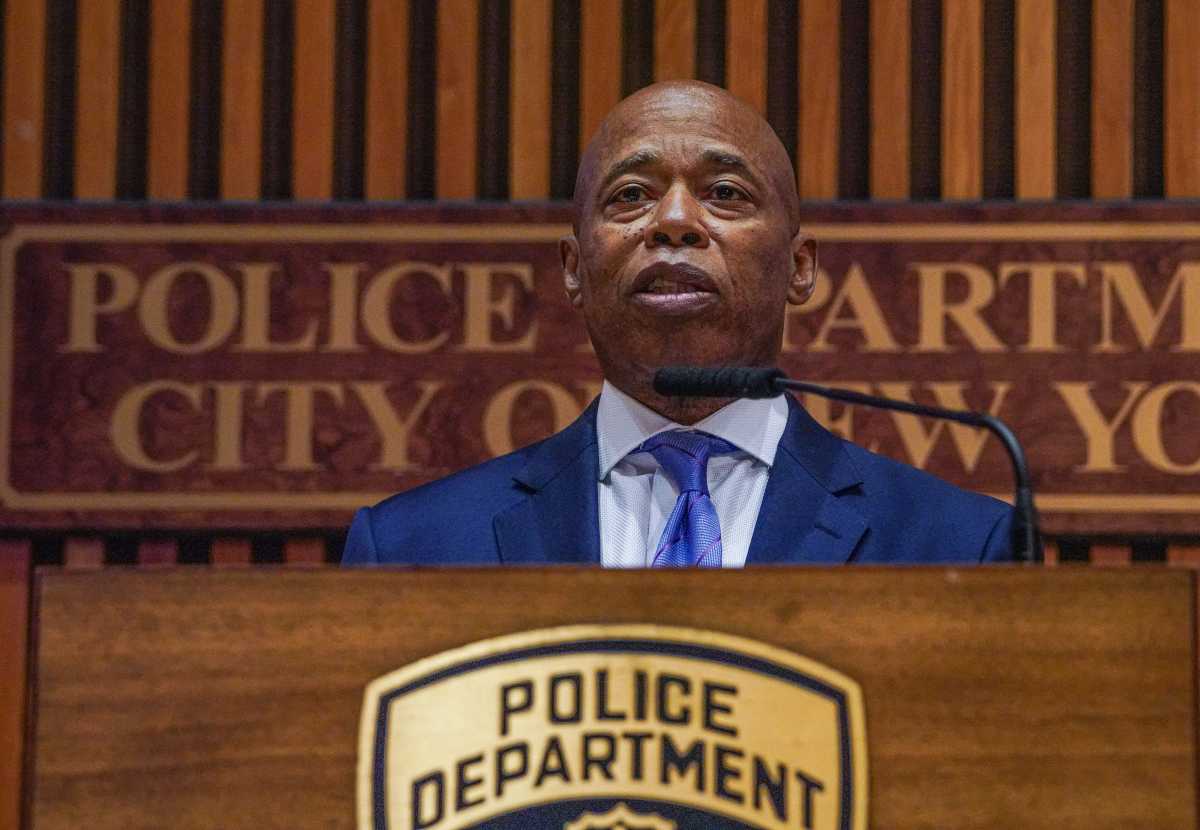When is a temporary measure, even with a set expiration date, not temporary? When it’s initiated by government, of course. How many times have we been confronted with the supposed risk of major calamity due to state and local government budget shortfalls? How many times were these supposed impending disasters staved off by “temporary” tax increases? And how many times were those temporary tax increases rescinded?
We saw this in 2002, when local politicians told us that a temporary 18.5 percent increase in the property tax was required to keep New York City functioning after the September 11 attacks. And most people believed those politicians that this was a desperate time and this might be necessary in the short term. But it didn’t take the city long to rebound, especially in the financial services industry, which has always been the economic engine for the city.
But that temporary tax increase turned into a permanent increase. Our leaders had become too comfortable with the new rates and new revenue.
The same thing just happened in Albany. Even though Governor Andrew Cuomo pledged not to raise taxes and to allow the income tax surcharge to expire (that was enacted to close a supposed disastrous shortfall in state revenue), that temporary tax increase has just been made permanent.
To justify his reversal, Cuomo claimed that if he didn’t increase taxes, he would be forced to implement “reckless” cuts health care, education and infrastructure. Does anyone believe that was really the other option? He also marginally cut the rate for people earning under $300,000. For earners between $40,000 and $150,000 the rate will be 6.45 percent, up to $300,000 it is 6.65 percent. Previously it was 6.85 percent. So a worker earning $50,000 per year will save $200 annually, or less than $4 a week.
Meanwhile, politicians have wrecked one of the most acclaimed features of the N.Y.S. tax system, its relative flatness and simplicity. Instead, we now have multiple rates that will only serve to confuse. In fact, the latest Quinnipiac University poll shows that 40 percent of New Yorkers think they are getting a tax increase, and only 28 percent think they will get a cut. And the 28 percent will be even more confused when the cut turns out to be more like a nick.
Ultimately, this highlights Cuomo’s failure to control the municipal unions that really run New York government and have a stranglehold over its spending. In spite of promises to tame the union beast that keeps New York state on the edge of bankruptcy and taxpayers on the verge of relocation, Cuomo has made no progress at all. In spite of his current popularity, he just may have fashioned the noose that will hang his administration.
Robert Hornak is a Queens-based political consultant, blogger, and an active member of the Queens Republican Party.



































